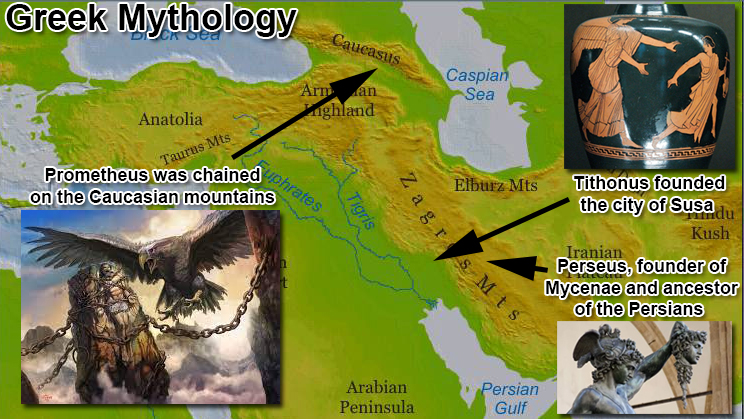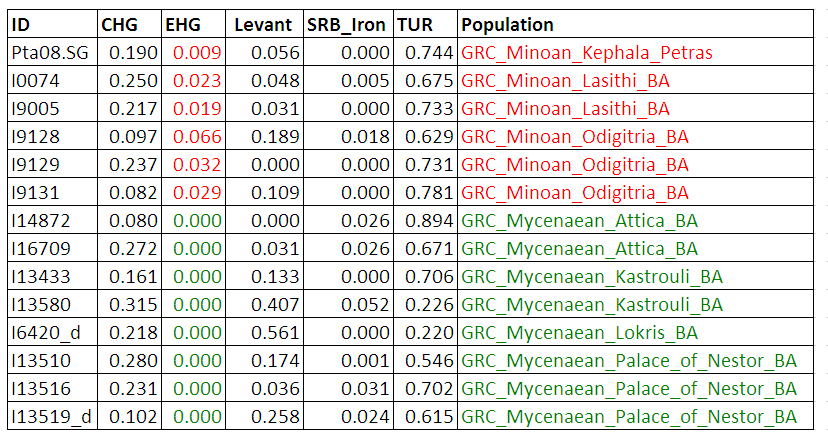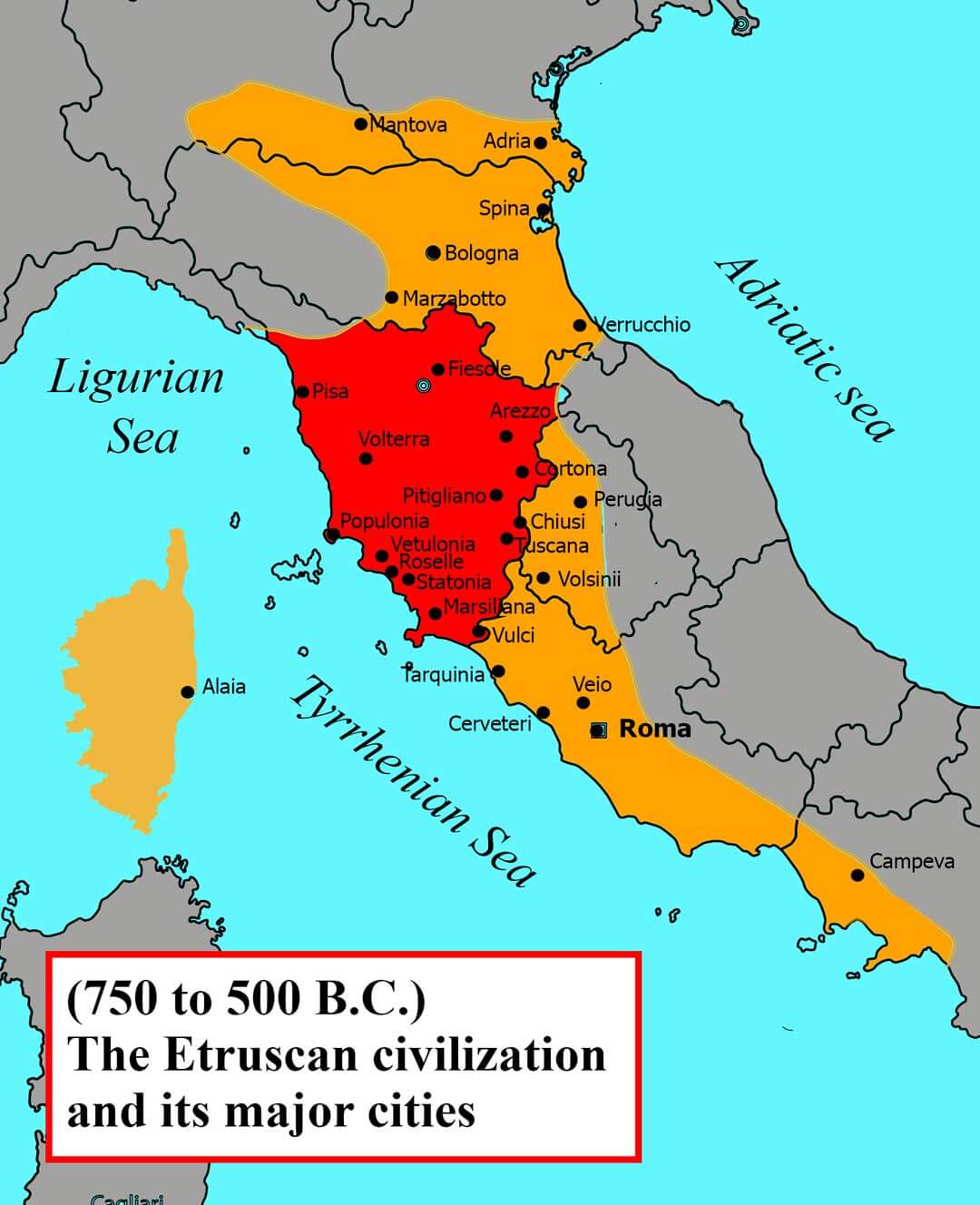eupator
destroyer of delusions
- Messages
- 507
- Reaction score
- 281
- Points
- 63
- Ethnic group
- Rhōmaiōs (Rumelia + Anatolia)
I have to agree with you, after reading about PIE from West Asia I was hospitalized for excessive laughter and I don't think I will ever recover
Anyway, for me the discussion can end here.
I agree, until you can provide a viable answer to the following question that shuts you down, it's pointless to try and argue fruitfully further.
Can you provide any evidence on how the data was not tampered in any way in order to produce desirable results, for your toolset of choice?
No?
I didn't think so.








